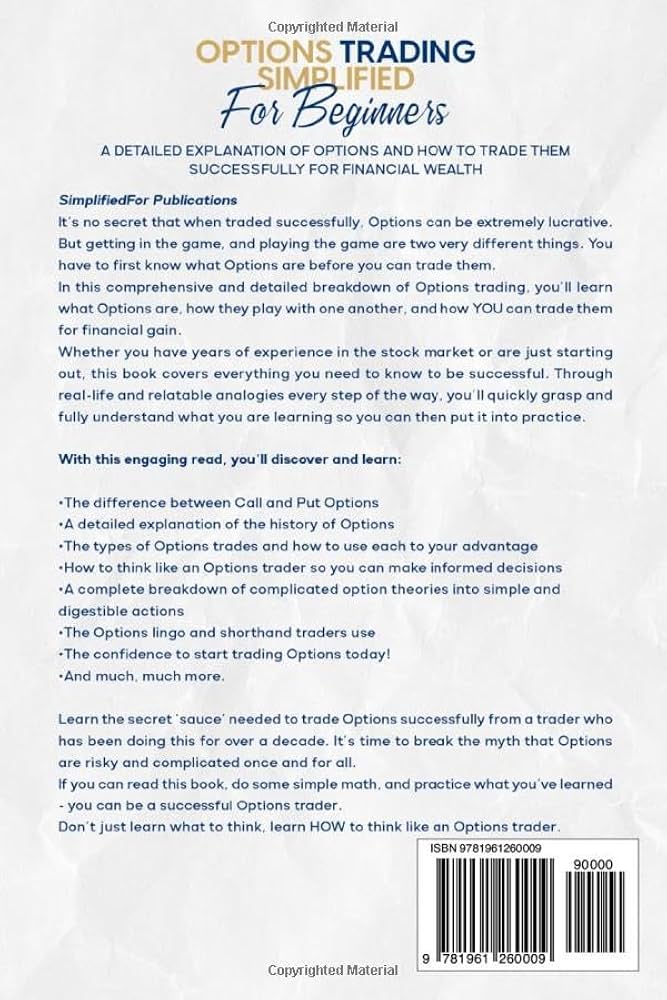
“Math Across Time”: An Innovative Perspective on Mathematical History
In a landscape filled with textbooks that often veer towards monotonous exposition, Math Across Time: An Accessible History for Educators and Others by William P. Berlinghoff and Fernando Q. Gouvêa emerges as an engaging and pedagogically sound resource. Inspired by a glowing commendation from Glen Van Brummelen, a reputable historian of mathematics, and further validated in a thoughtful review on the Renaissance Mathematicus blog, this book caters to those embarking on their mathematical journey—especially students, teachers, and lifelong learners.
An Economical and Fascinating Introduction
Initially released by Oxton House and reissued in an affordable paperback format by Dover in 2019, Math Across Time is a well-organized entry point, offered at a reasonable price of $18. As indicated by its subtitle, it’s crafted for non-experts and budding mathematics enthusiasts, providing a blend of historical depth and readability.
Rather than presenting a broad, chronological storyline, the book employs a two-part structure: an introductory overview titled “The History of Mathematics in a Broad Nutshell,” followed by 30 thematic sketches that explore specific subjects like zero, negative numbers, coordinate geometry, and the evolution of complex numbers. This adaptable framework enables educators and readers to engage with individual topics independently while appreciating the interconnectedness of various mathematical concepts.
An Overview, Then In-Depth Exploration
The opening “Broad Nutshell” section offers a compact yet substantial overview of mathematical advancement from ancient civilizations like Mesopotamia, Egypt, China, and India through the Islamic Golden Age and Renaissance Europe. Although this synthesis necessarily omits numerous contributions and simplifies certain transitions, it effectively highlights the diversity, global origins, and richness of mathematical evolution and sets the stage for deeper inquiry in the subsequent sketches.
The true educational innovation lies within the sketches. Each one centers around a specific historical concept or development, anchored by a cross-referenced, extensive bibliography of 180 numbered sources. These references are not merely supplementary—they are essential, facilitating the sketches’ role as gateways to further investigation. This emphasis on modular, standalone sections with guided learning pathways renders the book suitable for both classroom instruction and independent learners seeking a more organized approach.
Beyond Just What; the How and Why
From the beginning, the book aims to extend beyond merely cataloging mathematical achievements. It investigates how various cultures approached mathematical ideas and why certain concepts were groundbreaking. For instance, Sketch No. 1 examines diverse numbering systems, including Egyptian hieratic numerals, the Mesopotamian sexagesimal system, the Mayan vigesimal base, and Hindu-Arabic numerals, highlighting their cultural backgrounds and practical applications.
Nonetheless, the review raises legitimate concerns regarding factual precision and depth in several chapters. For example, while the authors touch on the shift from rhetorical to symbolic algebra, they mistakenly assert that Robert Recorde was the pioneer of the equals sign—an often-repeated but historically incorrect claim. Similarly, their narrative conflates Brahmagupta’s advanced comprehension of zero with subsequent developments, neglecting his groundbreaking treatment of negative numbers and division by zero.
Sketches That Ignite Curiosity
Despite such shortcomings, many sketches shine brightly. The exploration of ancient and Renaissance trigonometry in “Half is Better: Sine and Cosine” not only clarifies the sine and cosine functions but also traces the evolution of trigonometric thought from figures like Hipparchus and Ptolemy to Al-Tusi and European thinkers. Likewise, the sections on Euclid and Platonic solids provide accessible insights into fundamental geometry and its philosophical importance.
The authors’ approach to algebra is particularly compelling. They describe the complex yet critical transition from rhetorical to symbolic algebra, illustrated through historically grounded sketches like “The Cossic Art” and “Solving Cubic Equations.” These emphasize pivotal moments—the mathematical rivalry between Tartaglia and Fiore, Cardano’s intricate solutions, and the gradual acceptance of negative and imaginary numbers.
Moreover, the authors delve into the missteps and misconceptions encountered along the path to progress. Sketches such as “Nothing Becomes a Number” and “Less than Nothing” tackle zero and negative numbers—historically contentious ideas—and endeavor to depict their adoption and eventual assimilation into mainstream mathematics.
Shortcomings in Computational History and Logic
If there is one domain where the book notably falters, it lies in its coverage of contemporary mathematical history—particularly concerning the evolution of computers and Boolean logic. Here, some inaccuracies are quite pronounced.
A particularly conspicuous error credits the application of binary arithmetic to Leibniz’s Stepped Reckoner, whereas the actual apparatus was based on decimal. This blunder appears to arise from confusing Leibniz’s theoretical contributions to binary number systems with his mechanical inventions. Similarly, the section on Charles Babbage and Ada Lovelace falls prey to long-rejected myths—asserting,